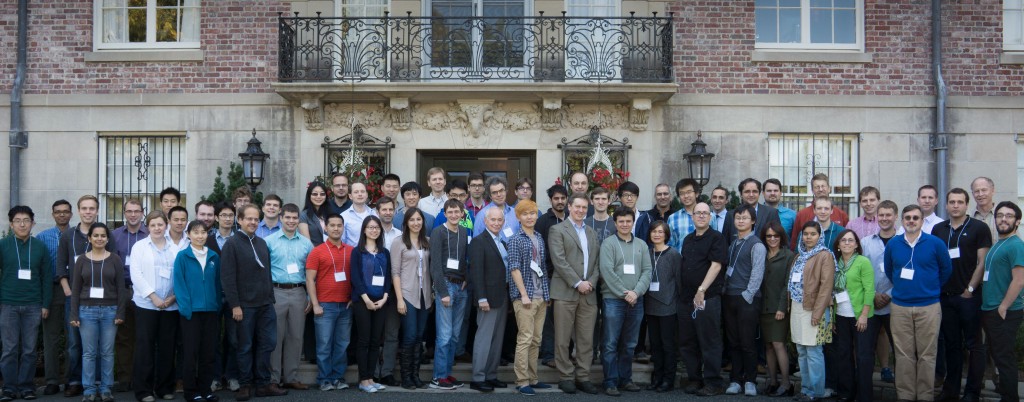About - MIT-Harvard Center for Excitonics
The Center for Excitonics at MIT: Fundamental Science for Excitonic Materials and Devices
The problem with conventional electronic devices is that they are difficult to manufacture; their constituent materials require very high levels of order and achieving such low entropy in a semiconductor requires expensive and energy intensive fabrication. For example, the energy payback time for a crystalline silicon solar cell is on the order of two years, and at current manufacturing growth rates, it is expected to take at least 20 years to produce enough silicon-based solar cells to make a significant impact on the world energy supply. Similarly, epitaxial growth constraints are likely to limit conventional solid state lighting sources to a small fraction of the overall demand for lighting.
“Excited About Excitons” winner of the Life at the Frontier of Energy Research video contest for “outstanding portrayal of young scientists”
Excitons are the crucial intermediate for energy transduction in materials that are more suitable for large scale production – low cost, disordered semiconductors. Thus, we seek to supersede traditional electronics with lower cost devices that use excitons to mediate the flow of energy.
Low cost, disordered semiconductors are compositions of nano-engineered elements such as organic molecules, polymers, or quantum dots and wires, in films bound together by weak van der Waals bonds. These materials are characterized by excitons that are confined to small regions of the material. Due to this localization of the excited states, the optical properties of the films are relatively immune to longer-range structural defects and disorder. And in contrast with the high temperatures and painstaking growth requirements of conventional semi-conductors, weak van der Waals bonds allow nanostructured semiconductors to be readily deposited on a variety of materials at room temperature.
Our efforts are divided into three major thrusts, each containing between seven to ten faculty devoted to key scientific problems confronting the development of more efficient solar cells and solid state lighting.







